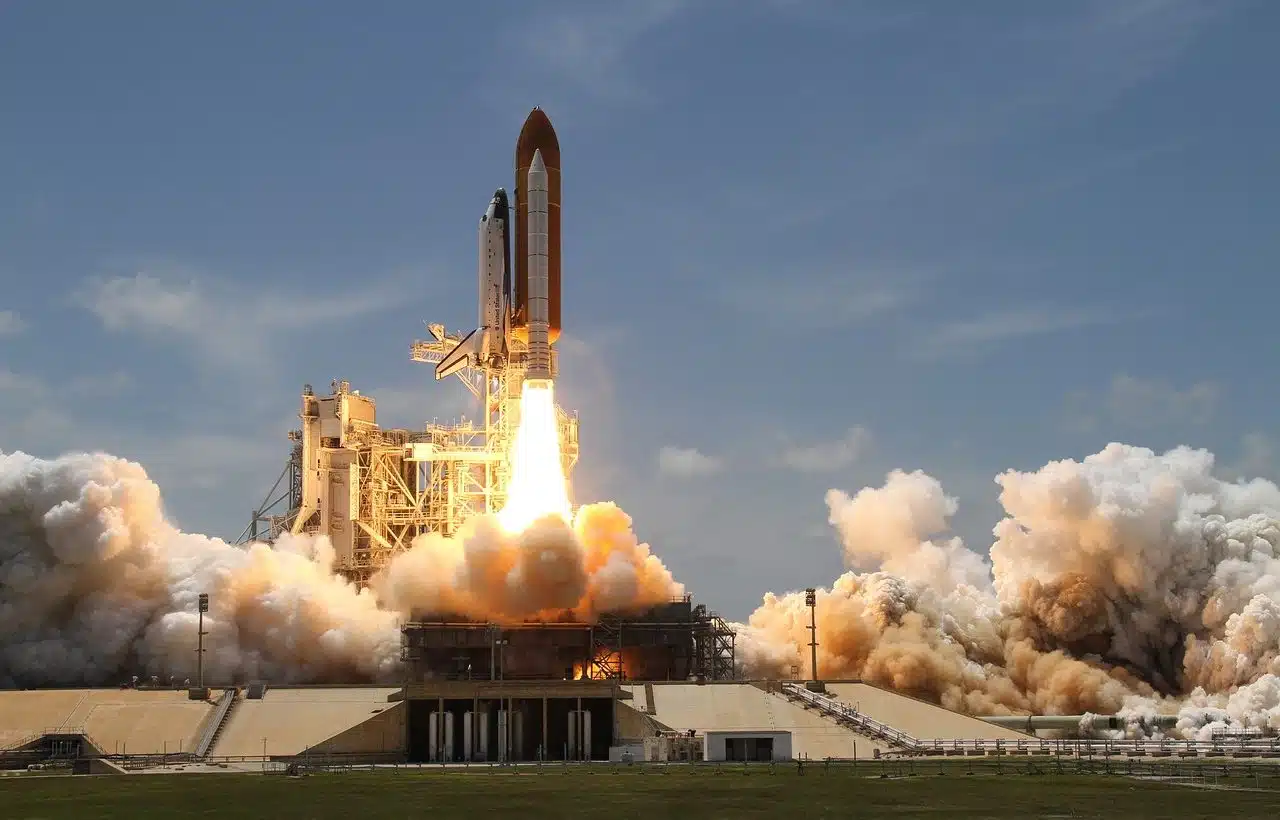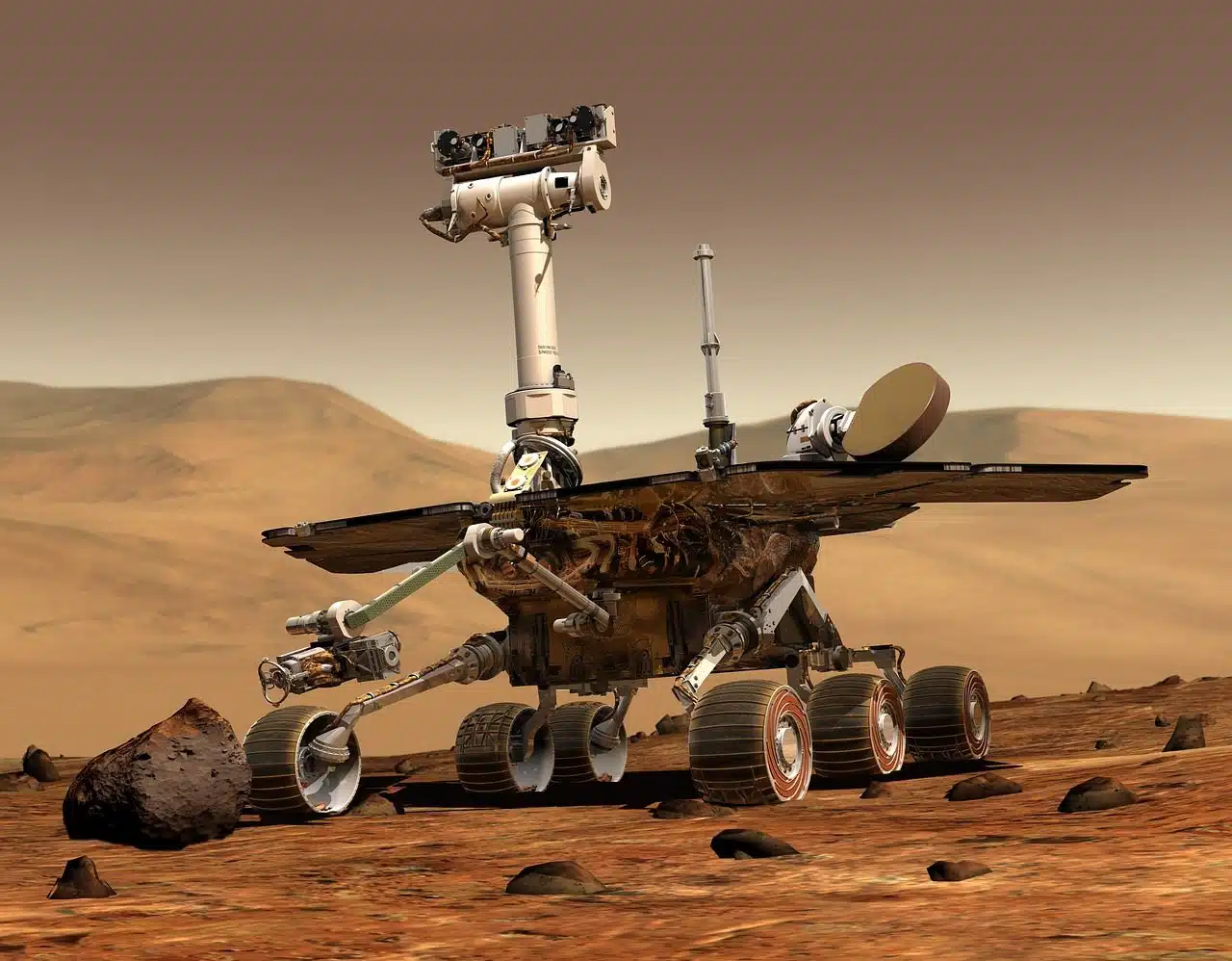
Through space exploration, human beings seek to understand their own origin.
Space exploration , intrinsically linked to humanity's innate desire to understand the universe that surrounds it, represents the continuous search for answers to fundamental questions about our origin, the cosmos and the possibility of life beyond our planet. This endeavor, driven by insatiable curiosity and the desire to overcome seemingly insurmountable frontiers, has led to the creation of ambitious space missions and the construction of cutting-edge technologies.
Beyond the conquest of cosmic territories, space exploration seeks to unravel the mysteries of planet formation, the evolution of stars and the existence of life in other corners of the vast cosmos . On this journey, the intersection between science and technology becomes the master key that opens the doors of knowledge, constantly challenging the limits of the possible and leaving an indelible mark on the history of humanity.
Milestones
The history of space exploration is fascinating and full of significant achievements:
-
Space Race (1957-1975)
:
- 1957 : the Soviet Union launches Sputnik 1, the first artificial satellite;
- 1961 : Yuri Gagarin becomes the first human to orbit the Earth;
- 1969 – NASA's Apollo 11 mission takes Neil Armstrong and Buzz Aldrin to the Moon, marking the first time humans have walked on another celestial body.
-
International Space Station (1998-present)
:
- 1998 – The International Space Station (ISS or ISS) is launched with the collaboration of several nations, including the US, Russia, Europe, Japan and Canada;
- 2000 : Continuous occupation of the ISS begins.
-
Robotic Exploration (1960s-present)
:
- Mars Rovers – Missions such as the Sojourner rover (1997), Spirit and Opportunity (2004), and Curiosity (2012) explore Mars, providing valuable data about the Martian surface;
- Space probes : Voyager 1 and 2 explore the outer solar system and beyond.
-
New Ambitions (21st Century)
:
- SpaceX – Elon Musk's company SpaceX becomes a pioneer in cost-cutting and rocket reuse, opening up new possibilities for space exploration;
- return to the Moon : NASA plans a manned return to the Moon under the Artemis program;
- Mars exploration : Projects like SpaceX Starship and the Mars Sample Return mission seek to take humans and bring back samples from Mars.

Sputnik 1 was the first artificial satellite, launched by the Soviet Union in 1957.
Sputnik launch
October 4, 1957 marked a momentous milestone in the history of space exploration with the launch of the artificial satellite Sputnik 1 by the Soviet Union. This small device, with its characteristic "beep-beep" that resonated at radio frequencies, became the first human-made object to orbit the Earth. Its launch not only inaugurated the space age, but also sparked intense competition known as the "Space Race" between the United States and the Soviet Union during the Cold War.
Sputnik 1, weighing approximately 83.6 kilograms, was powered by an R-7 rocket designed by Soviet engineer Sergei Korolyov . Its presence in Earth's orbit not only symbolized a scientific and technological achievement but also had profound political and strategic implications. The event generated a sense of urgency in the United States, leading to the acceleration of its own space program and the establishment of NASA in 1958.
Sputnik 1's legacy goes beyond its pioneering role; Its launch marked the beginning of a new era of space exploration, opening the doors to observing the Earth from space and paving the way for more complex space missions, including humanity's subsequent conquest of the Moon . In retrospect, the modest Sputnik 1 stands as a beacon that illuminated the path to the vast, unknown universe waiting to be explored by many other satellites .

Rovers are vehicles used to explore the surface of other planets.
Vehicles and technologies
Space exploration has been fueled by an impressive array of technologies and vehicles designed to overcome the unique challenges of the space environment. As the backbone of space exploration, rockets have evolved from the early days of V-2 rockets in World War II to modern reusable space shuttles.
- Rockets : Modern ones, such as SpaceX's Falcon 9 or United Launch Alliance's Atlas V , use advanced technology for propulsion. Reusing rockets, as in the case of Falcon 9, has significantly reduced launch costs;
- Satellites – Play a crucial role in Earth observation, communication and scientific research. From weather observation satellites to those that study the cosmos, these spacecraft orbit around the Earth or other celestial bodies;
- Space vehicles and probes – Space missions to planets, moons, and asteroids have used a variety of vehicles and probes. Notable examples include the rovers on Mars (such as Curiosity, an exploration vehicle) and the Voyager space probe units that explored the outer solar system;
-
propulsion technologies
:
- Chemical propulsion – Conventional rocket engines are powered by chemical reactions, such as burning solid or liquid fuels. Although effective, they have limitations in terms of efficiency and loading capacity;
- Nuclear propulsion – Technologies such as nuclear ion engines have been explored. These systems offer considerably greater efficiency and could enable missions to distant destinations in the solar system;
- Ion propulsion – Ion engines use electrical propulsion to accelerate charged particles, achieving much higher speeds than chemical engines. Although their thrust is low, they are ideal for long-duration and long-distance missions.
The continued evolution of these technologies propels space exploration to new horizons , from manned missions to Mars to detailed observation of distant exoplanets . Each technological advance expands our understanding of the universe and paves the way for future cosmic feats.
Manned and unmanned mission
A manned mission is a space expedition in which a group of human beings participate directly, traveling and working in space. These missions may include orbital flights around Earth, visits to the Moon , or even beyond the solar system. Its main objective is to carry out research, scientific experiments, maintenance and space exploration through the presence and active participation of astronauts on board the spacecraft.
In contrast, an unmanned mission involves sending a spacecraft or probe that operates without the physical presence of humans on board (the role of the astronaut is not necessary). These missions are controlled remotely from Earth and can have various purposes, such as exploring planets, observing the cosmos, collecting scientific data, or even performing specific tasks, such as maintaining satellites. They are essential for obtaining valuable information from space without exposing people to the risks associated with space travel.
